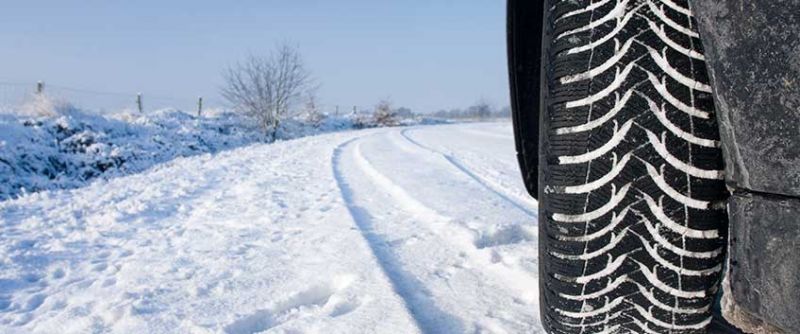How to Help the Car When it is Cold Outside
There are some issues that winter brings in and most of the people would tell you that the majority of the issues are linked to maintaining and using their cars. However, the good news is that these potential issues could be effectively avoided or fixed! A snowfall is usually not an exception in February and even March, especially if you live in Europe. While nature outside is covered by a white fluffy blanket of snow, the idea of your car is buried under snow and ice is simply hard to accept. One of the most common problems is how to open the doors of your car when they are frozen and stuck. The good news is, there are some specially designed sprays available on the market and you are just a short spray on the lock away from opening your door, even when outside is freezing cold.
In addition, these sprays are designed to prevent further freeze of the locking system of the car. Some additional ways you can prevent trying to open your frozen car for at least an hour on a cold winter morning is always making sure you keep your car clean of snow and ice. In fact, it is good to keep your car as clean as possible in general and treat the outside of the car with a silicon spray or liquid glycerin or paraffin. This is an effective way to prevent your car’s door getting frozen and not doing their job to let you into the coupe.
However, while many people are aware of these tips and tricks, they often forget to do them, when it gets very cold outside, which leads to the central locking system getting blocked and the manual locking system frozen. Do not try any other alternative ways to get into your car, when this happens and forget about using too much elbow grease. It is much better to simply treat these key spots with a mix of ethanol and ethylene glycol. A simple denatured alcohol and even rubbing alcohol can do the job too, simply place a small amount in a syringe and spray a bit into the lock.
Once the ice starts to melt a bit, be careful of opening the door with a caution. Do not pull the handle too much. In case the door of the driver’s seat is too frozen, try to open a passenger’s door first to prevent further problems. Once you manage to get into the car and start the engine, the locking system is going to slowly and surely work. However, another thing you should pay attention to is the ice on the windscreen. Do not push, pull or touch the wipers, because there is a high risk to damage them. The best way to solve the situation is the warm air coming from the working engine. The warm air created by the working engine will quickly melt the ice. Another method you can use to solve the situation is, again, you can use and treat the windscreen with a mixture of rubbing alcohol and some type of anti-freezing liquid.
Petrol engines have a system of spraying the fuel and, normally, even with lower temperatures outside, they usually do not make any issues and start without further problems and complications. However, carburettors do tend to create some complications along the way. In case you have a car with a carburettor, the best way to melt the ice that has frozen it out is with hot water that you need to pour onto the collector underneath the carburettor.
This is the spot where the fuel-air mixtures get how and this is your highest chance to solve the issue quickly and efficiently. In addition, on the market, you can find sprays for a “cold start” that are effective in the whole range of low temperatures. Simply add the aerosol to the air filter and start the car. The ether from the spray can guarantee an immediate start of the engine, however, it is important to be sure that the starting system and accumulator of the car are in the correct condition.
Talking of the accumulator, you should regularly check it out to make sure it is in the correct condition and works properly. When it comes to diesel-powered cars, it is important that the glow plug is working properly, otherwise starting the car could turn into mission impossible. Petrol engine cars do not make an exception too. Let’s say that you have done all of the above said, you have managed to freeze out the car and now the car is started. Do not start driving immediately, but better wait for a while with a working car, since the cars need a bit of time to raise the level of all liquids – motor oil, antifreeze, brake fluid, etc. Finally, in wintertime try to use the handbrake as less as possible, since due to the cold weather it often freezes and it will become impossible to make it work.


